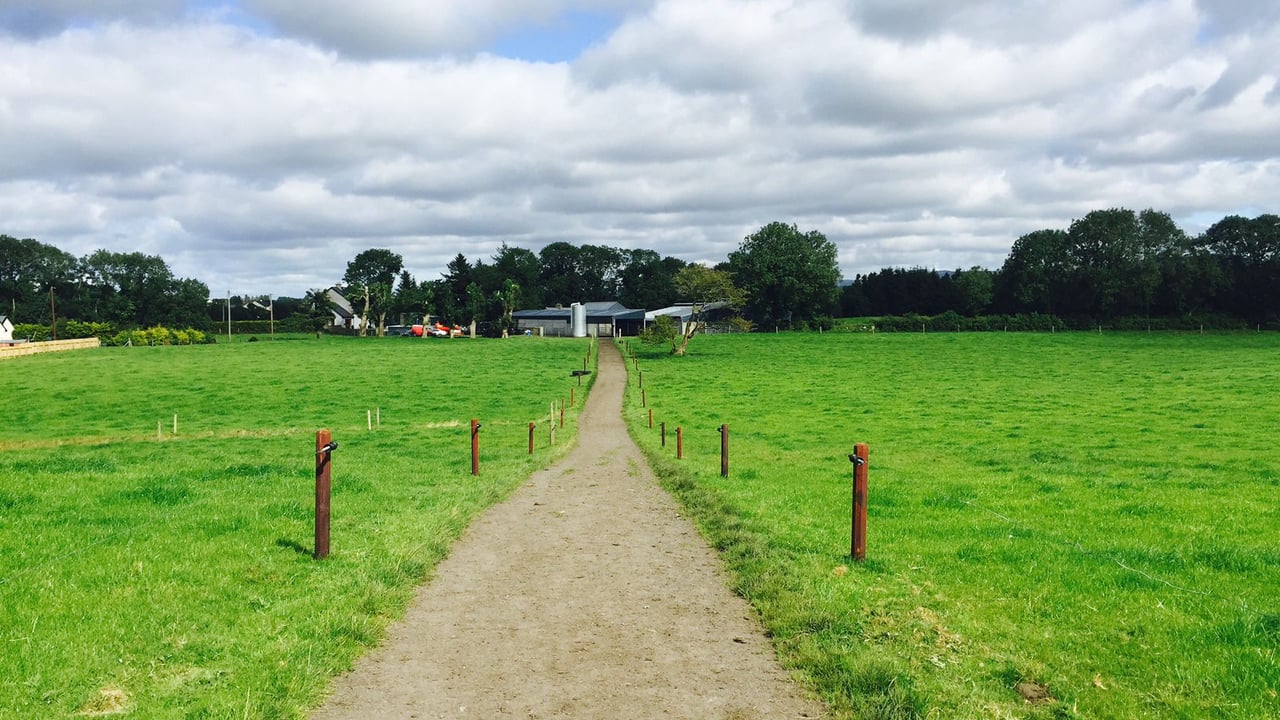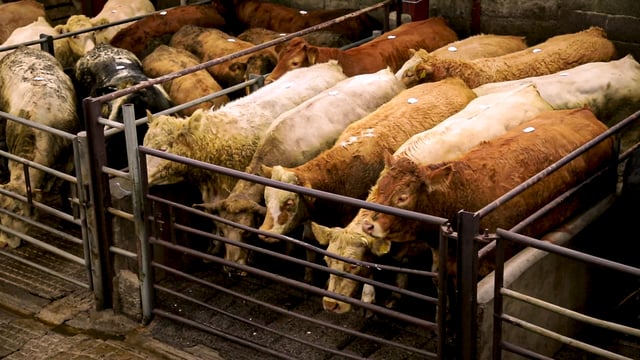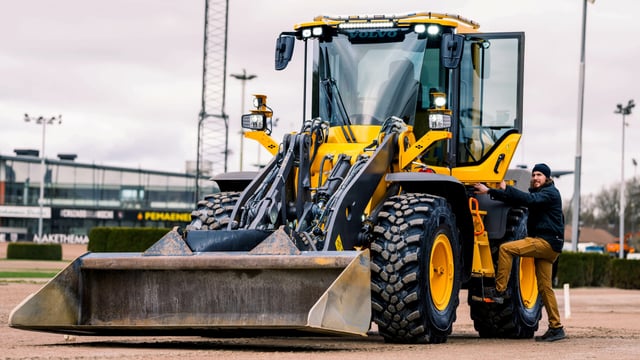Preventing lameness through grazing infrastructure
Good grazing infrastructure plays a vital role in grazing management on farms. As well as that, a well designed farm roadway and collecting yard can contribute to preventing lameness on your farm.
As the silage season is underway, the likelihood is that heavy machinery will be up and down these roadways, causing large stones to surface and the roadways to be neglected.
A single case of lameness could potentially cost €350 - from loss in production, to reduced fertility, to the cost of treating and culling.
At this time of the breeding season, it is crucial that roadways and collecting yards are kept in good condition, as lameness will affect fertility performance and milk production.
Lameness severely compromises cow welfare, and is quite often a common cause of culling animals from the herd.
The pain associated with lameness has a direct impact on cows' behaviour, as they will show less signs of oestrus - making it difficult to detect when a cow is in heat.
When a cow is lame, they will eat less, and have longer periods of negative energy balance, decreasing reproductive performance.
The knock-on affect of this is detrimental to your breeding plan - with lower submission rates, delayed ovarian cyclicity, reduced conception rates, increased calving interval and higher chance of ovarian cysts forming.
Lame cows will also be more prone to uterine infections after calving and have higher pregnancy losses.
The prevention and management of lameness in your herd starts off by maintaining the quality of the cow roadways.
In order for cows to be able to move at their own pace, stress-free and unpressurised, roadways need to be sufficiently wide enough for the number of cows in the herd - 120 cows require 5m width, with extra 0.5m for every 100 cows thereafter.
The road surface has to be kept in good order as it will help limit the cases of hoof trauma and white line damage.
A 3-5% fall for a camber or slope in the middle of the roadway to the edge is recommended to allow the water on the roadways to get away resulting in a comfortable surface for cows.
To reduce bottlenecks, the entrances into paddocks should be wider than the roadway. Avoid any distractions on roadways such as water troughs as they will upset cow flow.
Although it is sometimes impossible, the use of heavy machinery on roadways should be kept to a minimum. Where possible, the wire should be dropped at the top of the paddock for heavy machinery to access.
In the case of lame cows, if possible, keep them in a paddock close to the milking parlour, to minimise the walking distance and stress for the cows.
Likewise, ensuring your collecting yard is well designed and properly maintained will play a key role in preventing lameness in your herd.
The entrance into your collecting yard should be as wide as the roadway leading into it, to avoid any cramming, damage or hoof trauma.
The collecting yard should be an appropriate size for your herd with the requirement being 1.5m2/cow - sharp turns in the yard should also be avoided.
The surface of the yard needs to be non-abrasive but not slippery and should be constantly washed down, cleaning off any loose stones or slurry.
Cows should be calmly brought into the parlour, and if there is a backing gate in place, it should be used to gently push the cows into the parlour and not used to push them in.





